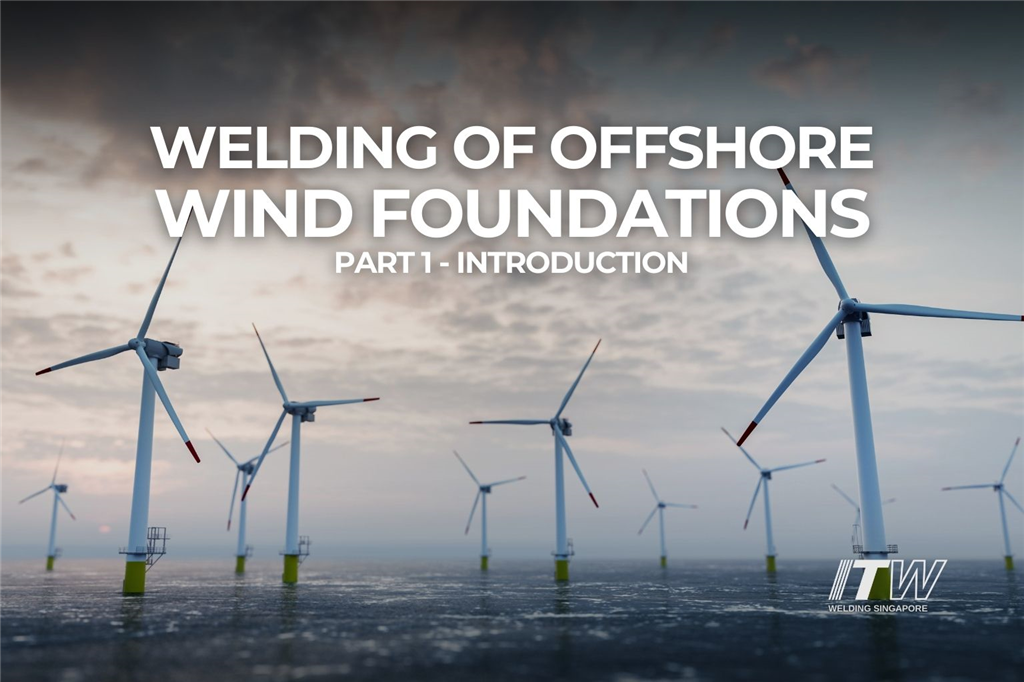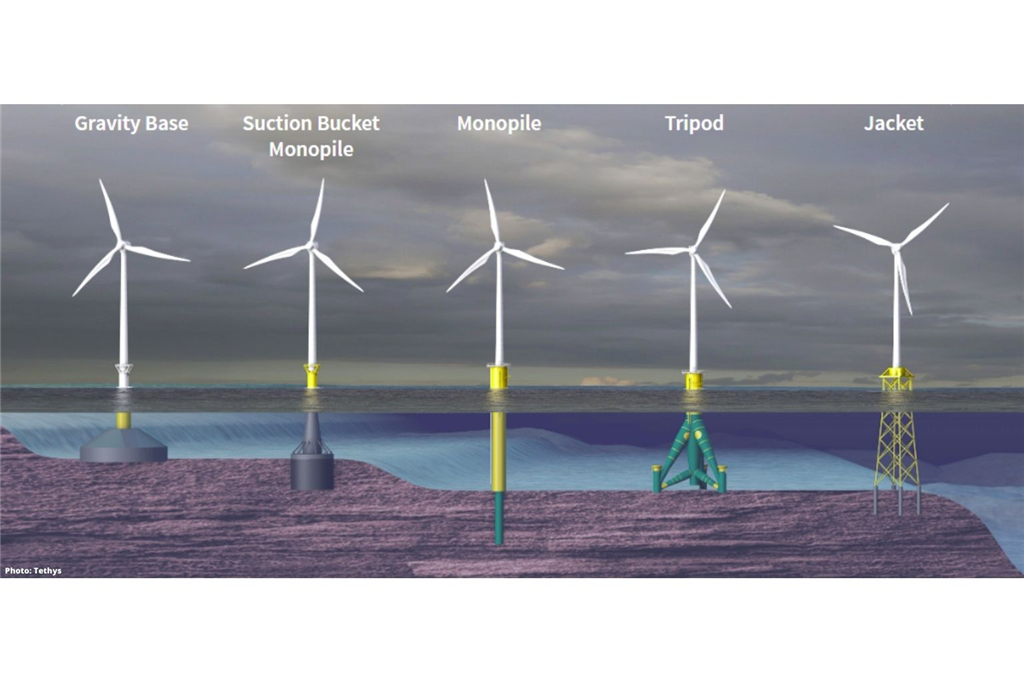
In this three-part series, we will provide a background of the offshore wind industry, followed by a description of the welding of the two commonly used offshore wind foundations, the monopile and the jacket foundation.
The Growth of Offshore Wind
Over the past few years, offshore wind power has seen rapid growth, with countries around the world investing heavily in this sustainable energy source. There are three reasons why offshore wind is experiencing such significant growth.
- Offshore wind farms can produce large amounts of energy, especially when compared to their onshore counterparts. This is due to the higher wind speeds and more consistent wind patterns found offshore, which allows for greater energy generation.
- As countries around the world strive to reduce their carbon emissions and meet ambitious climate goals, offshore wind has emerged as a key player in the transition to a low-carbon future.
- Advancements in technology and innovation have made offshore wind energy more cost-effective and efficient than ever before. With larger and more powerful turbines, as well as better infrastructure and logistics, offshore wind farms are becoming increasingly attractive to investors and developers alike.
Offshore wind energy represents a significant opportunity for the renewable energy industry, as well as for countries looking to transition to a more sustainable and low-carbon future.
The Common Types of Offshore Wind Foundations
Offshore wind foundations are the structures that anchor wind turbines to the seabed, and they play a critical role in ensuring the stability and safety of offshore wind farms. The two most common types of fixed offshore wind foundations are monopiles and jackets.
- Monopiles are the most common type of foundation used in offshore wind farms. It consists of a single steel pipe that is driven into the seabed, with the wind turbine tower attached to the top of the pile. In general, monopiles are cost-effective and relatively easy to install, making them a popular choice for many offshore wind projects.
- Jacket foundations consist of a lattice-like structure made up of multiple steel legs and braces. These foundations are used in areas with deeper waters or softer seabeds, where monopiles may not be suitable. By and large, jackets are more expensive to fabricate and install, but they offer greater stability and can support larger wind turbines.

Other types of fixed offshore wind foundations include gravity-based structures and tripods. In part two of this series, we will elaborate on the welding of offshore wind monopiles.